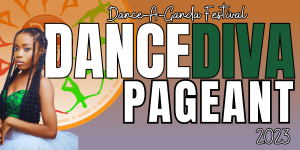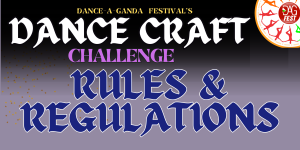Dance, the universal language of movement and expression, has been an integral part of human culture for centuries. From the graceful ballets of Europe to the energetic rhythms of African tribal dances, and the intricate storytelling of Indian classical dance forms, every culture has its own unique dance traditions. But why is dance so important in culture? What does it bring to the human experience that makes it a timeless and cherished art form? Let’s explore the significance of dance in culture.
1. Cultural Identity and Heritage Dance serves as a powerful tool for preserving and passing down cultural traditions from one generation to another. It is a living embodiment of a society’s history, beliefs, and values. Traditional dances often depict stories of the past, religious rituals, and even the daily lives of people in a particular region. Through dance, we can connect with our roots, celebrate our heritage, and keep our cultural identities alive.
2. Communication Beyond Words In a world filled with diverse languages and dialects, dance provides a universal means of communication. It transcends language barriers, allowing individuals from different backgrounds to connect and share their emotions and stories without uttering a single word. The expressive movements, gestures, and facial expressions in dance convey a depth of emotion that words alone often cannot capture.
3. Celebrating Life’s Milestones Dance is an essential component of celebrations and rituals across cultures. Whether it’s a wedding, a birth, a coming-of-age ceremony, or a harvest festival, dance is there to mark life’s significant milestones. These dance rituals serve as a communal bond, uniting people in shared experiences and emotions.
4. Healing and Catharsis Dance has therapeutic qualities that promote physical and emotional well-being. It allows individuals to release pent-up emotions, reduce stress, and even heal from trauma. Many cultures have recognized the healing power of dance, using it as a form of therapy and a way to connect with the inner self.
5. Bridging Generational Gaps Dance has the remarkable ability to bring different generations together. It provides a platform where elders can pass on their wisdom and skills to the younger generation. It fosters intergenerational connections, ensuring that cultural traditions continue to thrive.
6. Global Unity and Understanding In our increasingly interconnected world, dance plays a vital role in promoting global unity and understanding. Cultural exchange through dance festivals and performances allows people from different parts of the world to appreciate and respect each other’s cultures. It reminds us of our shared humanity, transcending borders and fostering a sense of belonging to a global community.
In conclusion, dance is not merely an art form; it is a mirror reflecting the soul of a culture. It binds communities, preserves traditions, and celebrates life’s moments. It communicates when words fail and heals when hearts are burdened. As we celebrate the diversity of cultures around the world, let’s remember that dance, in all its forms, is a treasure that enriches our lives. So, the next time you see someone dancing to the rhythm of their culture, take a moment to appreciate the beauty and significance of their movements.



